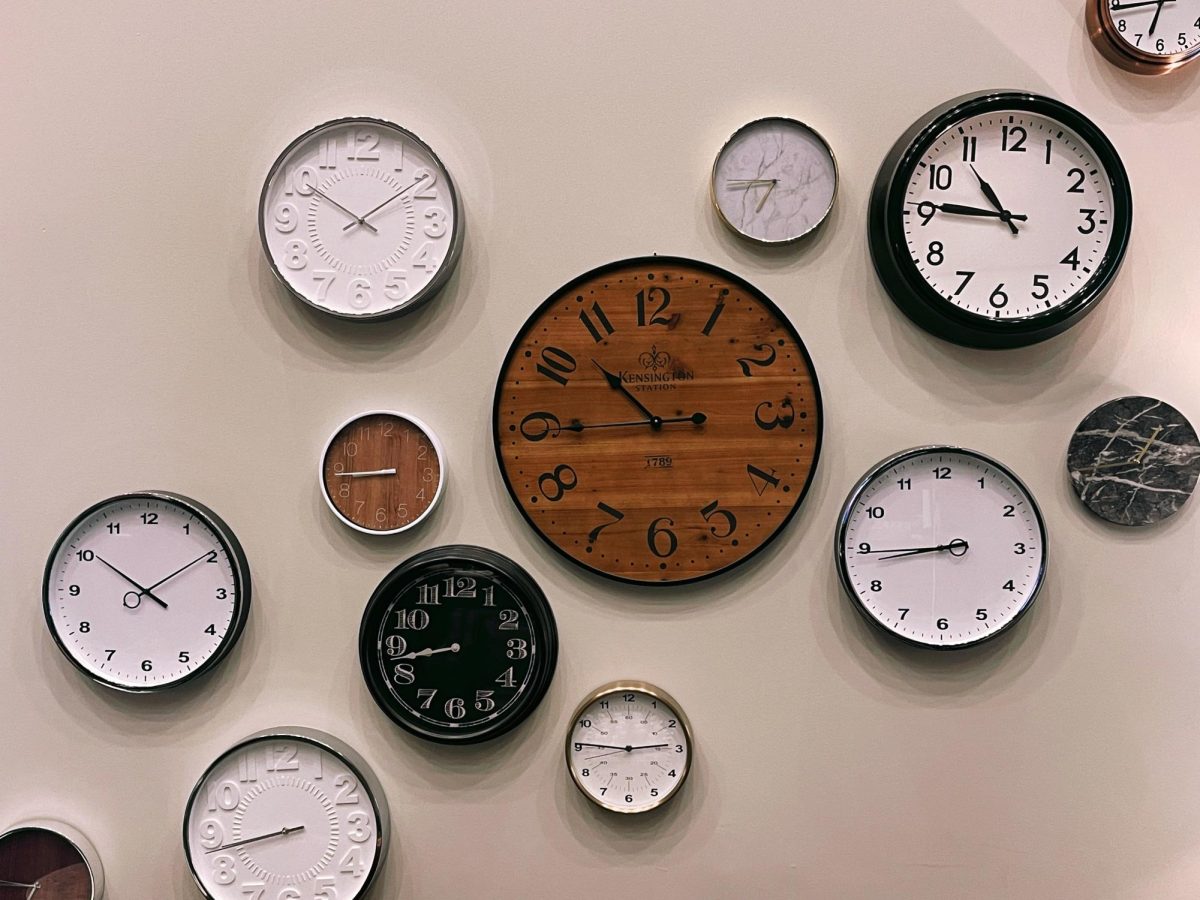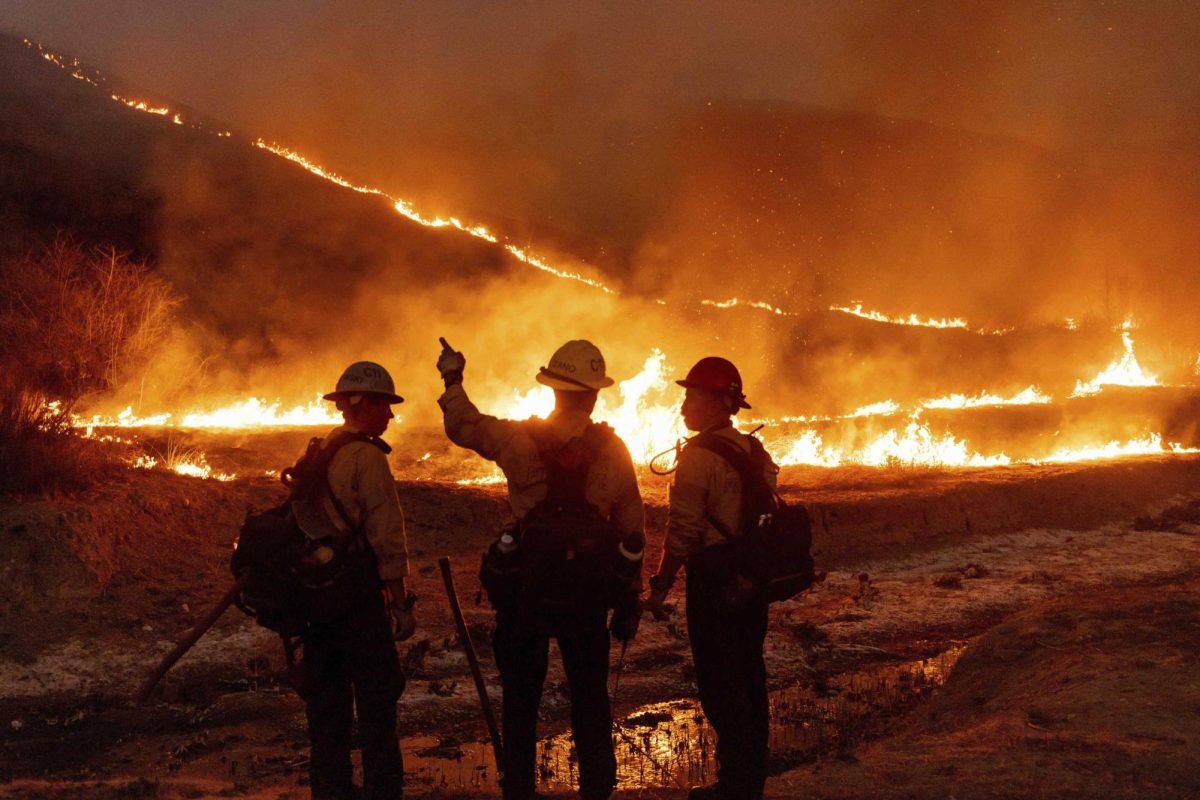On Nov. 5, most of the United States, barring Arizona and Hawaii, set their clocks back an hour to resume what is known as Standard Time. Although many lament about earlier sunsets and prolonged nights, Standard Time holds many practical and important benefits that Daylight Saving Time fails to offer. When the clocks are moved forward one hour in March through November for DST, there is more light in the evening, but there is a disruption to energy consumption and our natural circadian rhythms. In the current era, Standard Time is more in line with the needs of the modern world and should be adopted permanently.
The idea of DST was suggested by Benjamin Franklin in 1784 as a way to cut expenses tied to candle usage by waking up earlier. However, the idea was never put into action until World War I, when conserving energy became a global effort for war industries. So, an official law was passed by Congress in 1918 that allowed one more hour of daylight. Initially a wartime measure, the law was repealed a year later. After the repeal, the time change was left as a state decision, and DST did not officially become a law until 1966. In modern society, DST does not provide the same benefits of decreased energy consumption. Extending the daylight hours actually results in a greater use of air conditioning and heating, thus, having a larger overall energy output. A 2006 Indiana study found that there was a 4% monthly increase in energy output in summer and fall, and it is likely that this effect has been mirrored across states.
Despite this, the Senate unanimously passed legislation in 2022 called the Sunshine Protection Act, making DST a permanent fixture of society. Written in the Act is a common argument that extra daylight reduces car accidents while increasing opportunities for commerce and recreation. Contrary to this belief, there is actually a 6% spike in fatal car accidents during DST. The Senate also failed to consider health and well-being factors, in addition to the fact that 61% of Americans are in favor of ending DST.
Furthermore, research into the negative health effects of DST provides a valid argument for a yearlong Standard Time. Ultimately, the body’s internal clock fails to adjust to DST, even after several months. Our internal clock signals prompt our bodies to sleep, eat, exercise, and work while controlling our blood pressure, heart rate, and cortisol rhythm. When our circadian rhythms are disrupted from an arbitrary time change, it takes a physical and mental toll. Some consequences include increased chances of developing diabetes, heart disease, substance abuse, depression, a shorter sleep duration, and negative effects on our digestive and endocrine systems. According to Northwestern Medicine, during DST there is a 24% higher risk of heart attacks, an 8% increase in stroke rates, an 11% spike in depressive episodes, and a 3% increase in digestive and immune-related diseases such as colitis in females over 60.
As for adolescents, less sleep can lead to behavioral, learning, and attention issues as well as an increased risk of accidents, injuries, high blood pressure, obesity, diabetes, and mental health problems. A study published in 2015 in the Journal of Clinical Sleep Medicine found that students appeared more fatigued during school days following time changes, resulting in slower reaction times and decreased attentiveness.
Historically, the U.S. has implemented permanent DST amid a nationwide energy crisis in the 1970s. However, this policy proved to be disfavorable due to complaints regarding the morning darkness and concerns regarding safety from the public, so the inclusion of Standard Time was reintroduced after only eight months. A similar result is unlikely in the event of exclusive Standard Time adoption. Adopting Standard Time would allow our bodies to get the proper amount of sleep, since our internal clocks will be properly linked to when the Sun rises and sets. We will find it easier to fall asleep and wake up, allowing for a more productive day. With the Sun rising earlier, we won’t experience the morning darkness that many disliked when DST was permanent, and children as well as early commuters will feel safer when heading to school or work. Additionally, less than 40% of countries use DST, proving that permanent Standard Time has been tested and is well-liked by the majority of the world. Overall, Standard Time would greatly increase our health and lower safety concerns for many early risers.
Although time changes may not be at the forefront of our country’s political agenda, they are still something worth considering, especially due to their long-term effects on the body and mind. Abandoning DST is a simple solution to decrease at least one cause of health issues including obesity, heart attacks, and strokes. This seemingly small one-hour difference can create a larger impact on personal well-being.





















Sean • Nov 23, 2023 at 8:20 am
This is a huge oversimplification. Whether permanent standard or daylight time would work best for a given location depends on which time zone they have chosen to observe. Permanent standard time would give light at 3:30 or 4am in many places during summer. Waste of light. It’s silly to think the 8 months we spend on daylight time are that detrimental. We need it dark at 4:30-5pm instead of 6pm to help us go to sleep? Really? Many prefer how the DST months aligns with their schedule. Permanent DST would give a couple months of dark mornings yes, but can’t compare 50 years ago to what would work today. Midday at noon only theoretically works for people who want to sleep from 8pm to 4am rather than 9pm to 5am.